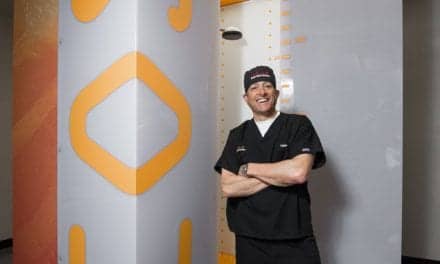Faculty at the University of California at Davis have contributed three articles to a Journal of the American College of Radiology (JACR) March special issue on dose optimization and computed tomography (CT). The federal government estimates that more than 80 million CT scans are performed in the United States each year.
In the first article, “Dose Is Not Always What It Seems,” Anthony Seibert and his co-authors examine a pediatric case in which volume CT dose index (CTDIvol), the standard measure of CT dose output, inaccurately assessed a patient’s exposure level. The phantoms used by manufacturers to measure radiation are typically based on adult sizes, which can make dose calculation in children difficult. The team recommended a new size-specific dose estimate (SSDE) to better compare dose across different scanners and in patients of varied sizes. “I think SSDE is one step closer to a dose metric that will be more accurate in depicting the actual risk to patients,” said Seibert. The article is available for free download on the JACR website.
A second article, “Methods for CT Automatic Exposures,” explored the challenges of setting automatic exposure protocols, which vary dose based on tissue thickness, across different machines and manufacturers. “It takes a lot of effort to optimize any given scanner,” said John Boone, vice chair of research in the Department of Radiology. “Going through the procedures for every possible exam could take two years.” His team developed equations to translate settings across three machines, which included two GE scanners and a Siemens scanner.
In a third paper, “Radiation Dose Optimization for CT-Guided Interventional Procedures,” Director of CT Ramit Lamba discusses how to minimize exposure while using CT for interventional procedures. He recommends using ultrasound instead of CT for some biopsies, and suggests reducing scan lengths, lowering the tube current using dose-efficient scanning modes, and limiting the number of guidance scans.
“We’re trying to educate radiologists and medical physicists because the practice of CT is not consistent,” Boone said. “If someone is using higher doses to get results they could obtain with less radiation, we need to help them find the safer alternative.”
The table of contents is available on the JACR website.





